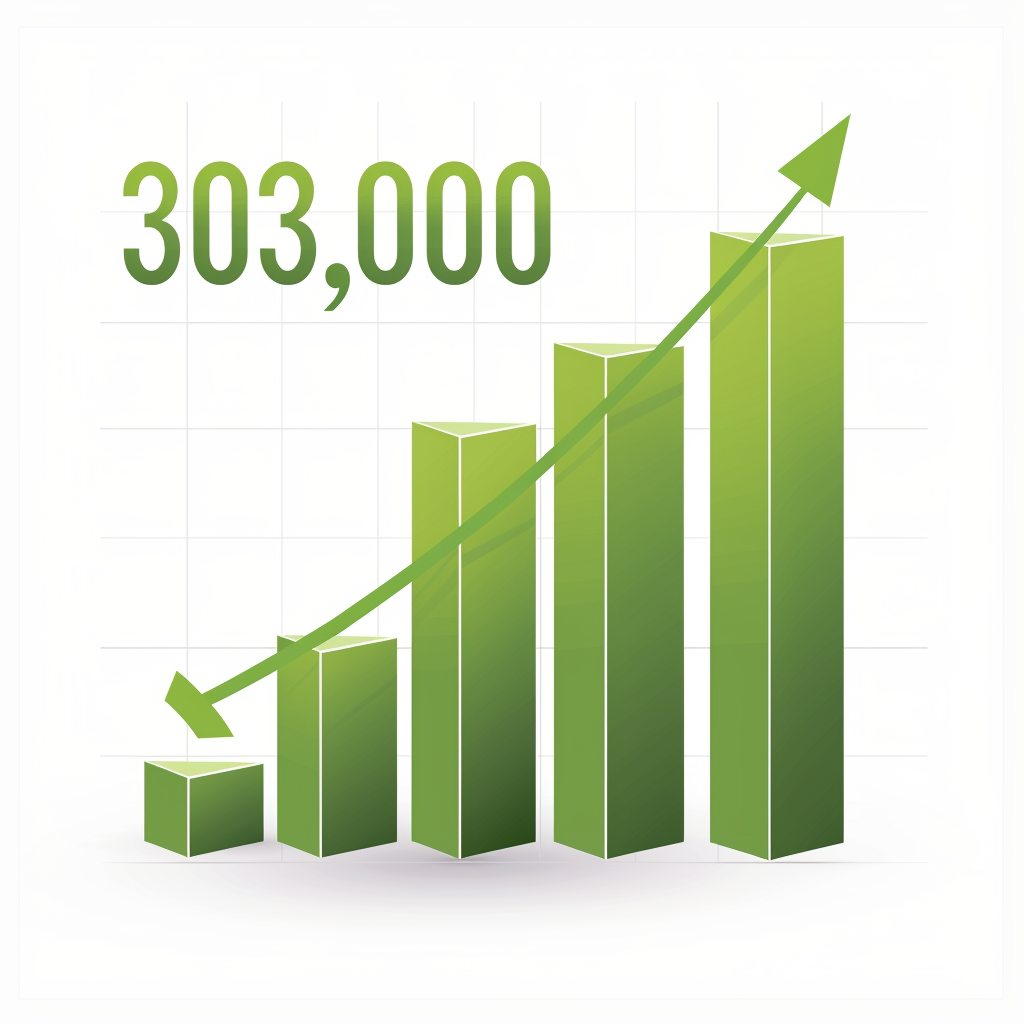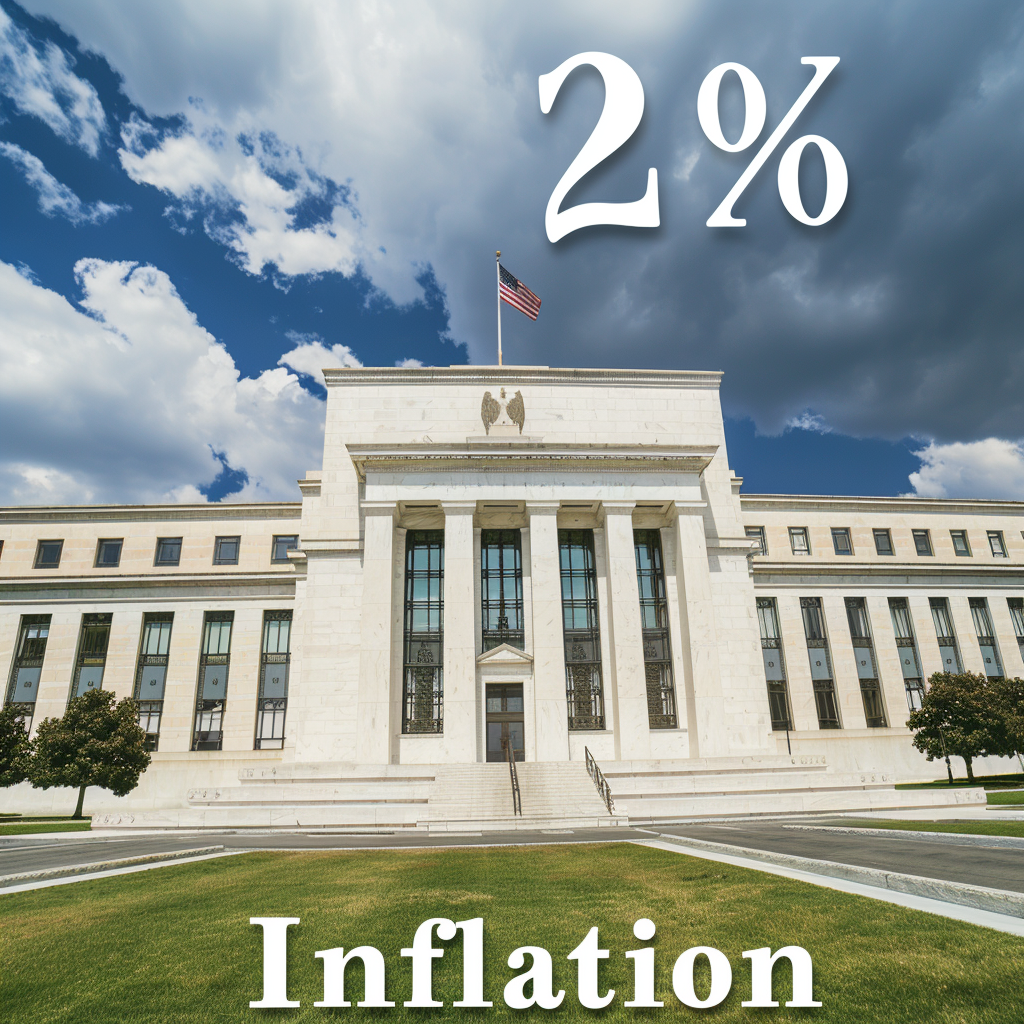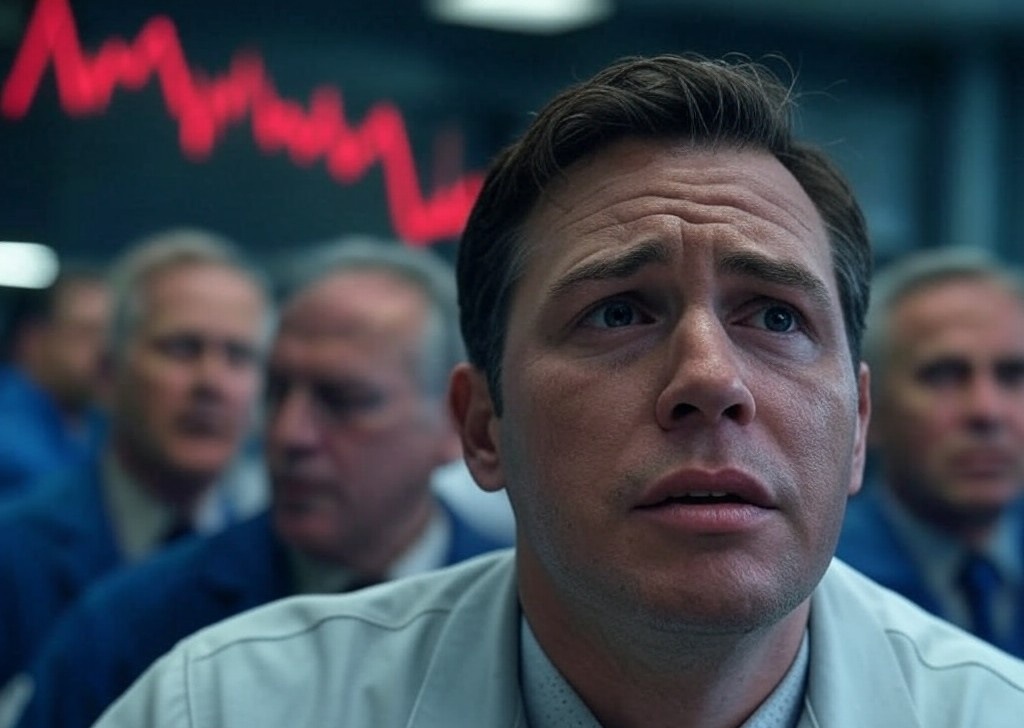Inflation continued its unexpected rise in March, with consumer prices increasing by 3.5% compared to a year ago, according to data from the U.S. Bureau of Labor Statistics. This marked an acceleration from February’s rate and reversed some progress made in reducing inflation over the past two years.

The primary drivers of inflation were housing and energy costs, which together accounted for over half of March’s monthly increase in prices. Rent costs rose 0.4%, while rent increases remained significantly higher at 5.7% year-over-year. Energy costs, represented by the energy index, saw a slight decline in monthly growth but still registered an annual increase of 2.1%.

The latest inflation data brought stock futures down and dashed hopes for an interest rate cut as early as June, with Greg McBride, chief financial analyst at Bankrate, declaring a June cut “goodbye.” The persistent inflation trend was seen as challenging the Federal Reserve’s plan to make three rate cuts in 2024.

The housing sector has remained a significant contributor to inflation, with home prices and rental costs continuing to rise. Economists argue that official statistics on inflation might not fully capture real-time measures, leading some policymakers to question why the shift towards falling rents has yet to materialize.

Federal Reserve officials have stated their intention to cut interest rates three times this year but are hesitant to act before seeing more data that confirms a clear downward trend in inflation. Neel Kashkari, President of the Minneapolis Fed, recently expressed concern about the possibility of stalled progress and its potential impact on rate cuts.
Jerome Powell, Federal Reserve Chair, acknowledged that getting inflation back to the central bank’s target of 2% would be a bumpy process, but it was unclear whether recent price increases represented more than just temporary setbacks. Powell also acknowledged that uncertainty surrounding inflation could potentially interfere with planned rate cuts.

The economic landscape remains robust despite high interest rates intended to cool inflation. Employers added an impressive 303,000 jobs in March, and consumer sentiment suggests a widespread expectation of returning inflation to normal levels, according to Powell.

Some analysts have expressed concern that external factors such as government spending and global trading disruptions could complicate the path towards normalized inflation. JPMorgan Chase CEO Jamie Dimon raised this concern in his annual shareholder letter, warning of potential obstacles on the road to achieving a 2% inflation rate.
The Fed’s latest economic projections indicate that the central bank will keep interest rates at their current levels through the end of 2024 before gradually decreasing them. These projections could change depending on how the economy evolves and whether inflation continues to rise or falls in line with expectations.
Central bankers have penciled in three rate cuts for 2024, but their plans are not set in stone. Financial markets will closely monitor incoming data to gauge the timing of these potential rate reductions.





